As the weather cools down, there's nothing like a warm and comforting casserole to make you feel cozy inside.
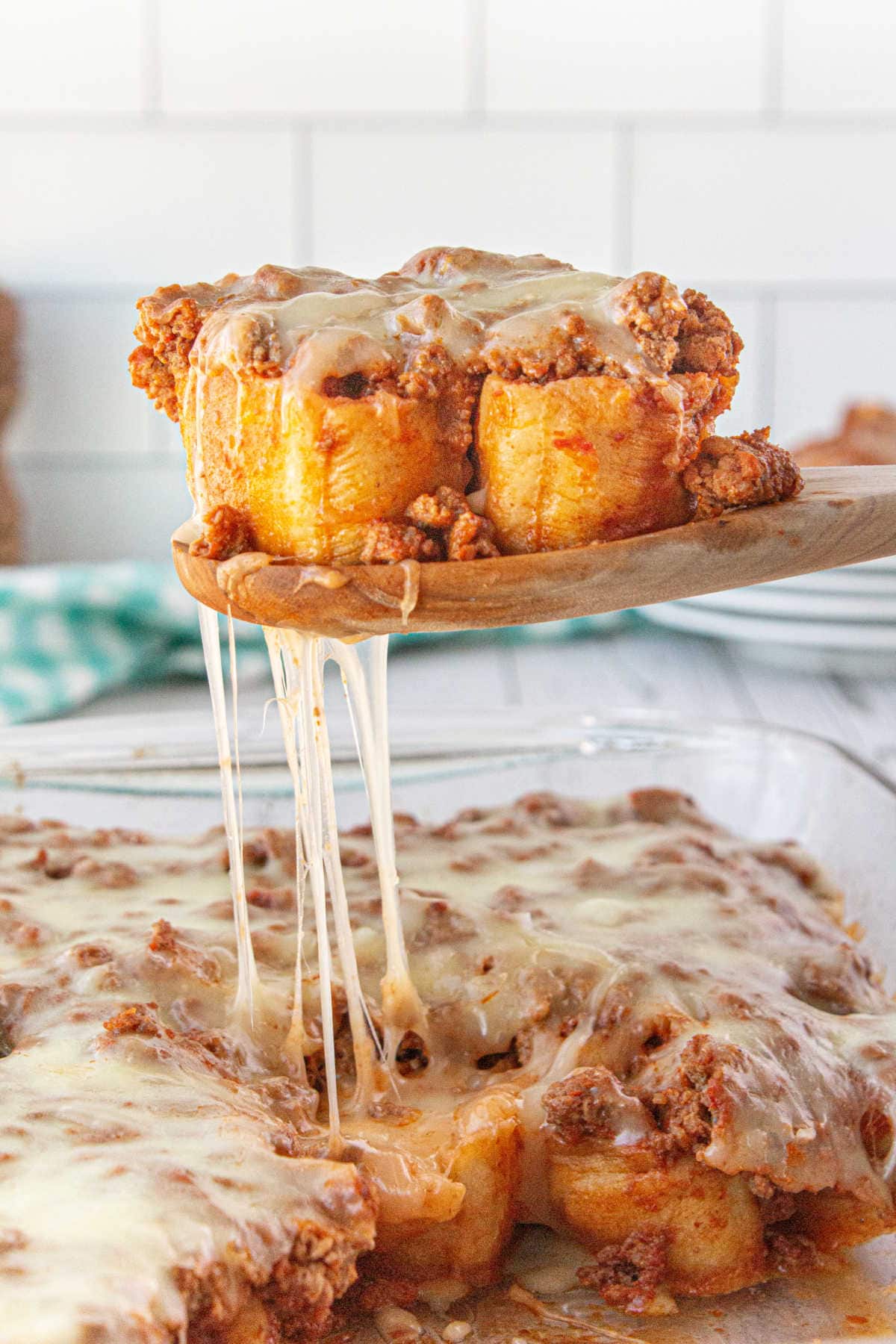
Table of Contents
Whether it's a classic mac and cheese or a hearty shepherd's pie, casseroles are a great way to feed a crowd or enjoy leftovers throughout the week.
However, reheating a casserole can be tricky, as you want to make sure it's heated through without drying out or burning.
Here are my tips for how to warm up a casserole in the oven, so you can enjoy your favorite comfort foods without any fuss. These tips will work with homemade casseroles as well as a store-bought casserole.
Before you start reheating your casserole, it's important to understand what you're working with.
Different types have different cooking times and temperatures, depending on the ingredients and the size of the casserole dish. For example, a lasagna may take longer to heat through than a smaller dish of baked ziti.
Additionally, some recipes may have crispy breadcrumbs or gooey cheese on top of the casserole that you want to preserve. Others may need a little extra moisture to avoid a dry casserole.
You can adjust your reheating method accordingly with a little understanding of the ingredients and planning ahead.
🗝️ Key takeaways
- Understand your casserole's unique needs before reheating.
- Prepare your casserole for reheating by transferring it to an oven-safe dish and preheating the oven.
- Warm your casserole at a low temperature and check it periodically to avoid overcooking or burning.

💭 Things to know
- High temperatures cause the food to dry out, burn on the sides, or scorch on the top.
- It's important to use the right size dish.
- Let a refrigerated casserole sit out for 30 minutes or so before reheating.
- Be sure to put it in a preheated oven.
- Don't refrigerate try to reheat a reheated casserole. Reheat it once and then leftover leftovers should be tossed. Or, just reheat smaller portions.
🥘 All casseroles are not alike
When it comes to warming up a casserole in the oven, it's important to understand what you're working with.
Casseroles come in all shapes, sizes, and ingredients, so it's essential to consider a few things before reheating.
Here are some factors to keep in mind:
Ingredients
Different ingredients require different reheating methods.
For example, a casserole with cheese or a creamy sauce may need to be covered with foil to prevent it from drying out. On the other hand, a casserole with a crispy topping may need to be uncovered to maintain its texture.
Size and shape
The size and shape of your casserole dish can also affect how you reheat your casserole.
If your dish is shallow and wide, your casserole will heat up more quickly than a deep and narrow dish. Additionally, if your casserole is in a glass dish, it may take longer to heat up than if it were in a metal dish.
Temperature
The temperature of your oven is crucial when reheating a casserole. A temperature that is too high can cause the casserole to burn on top, while a temperature that is too low can result in an undercooked and inedible meal.
A temperature of 350°F is a good starting point for most casseroles.
Cooking Time
The cooking time for reheating a casserole can vary depending on its size, ingredients, and temperature of the oven.
Keep a close eye on your food while it's reheating to prevent it from overcooking or drying out.
A good rule of thumb is to check on your casserole every 10-15 minutes.
By understanding these factors, you can ensure that your casserole is reheated to perfection. In the next section, I'll go over some tips and tricks for reheating your casserole in the oven.

📝 Preparation before warming
Before warming up a casserole in the oven, it is important to take a few steps to ensure that it heats up properly and doesn't dry out.
Here are some tips to help you prepare your casserole for reheating:
Choose the right container
Choose an oven-safe container that is the right size for your casserole. A container that is too large can cause the casserole to dry out, while a container that is too small can cause it to overflow.
Be like Goldilocks and find the one that's just right.
Cover the casserole
Covering the casserole with foil or a lid is important to prevent it from drying out while it heats up. Make sure to seal the edges of the foil tightly around the dish to keep the moisture in.
If your recipe has crumbs on top then take the foil (or lid) off about 10 minutes before it's time to take it out of the oven. This gives the crumbs a change to get crispy.
Add moisture
Add moisture to your casserole before reheating if it seems dry.
You can easily do this by adding a little bit of broth, sauce, or even water. Be careful not to add too much liquid. That can cause the casserole to become soggy.
And nobody's got time for a soggy casserole!
Check for doneness
It's super important to check the internal temperature of the casserole to ensure that it has been heated all the way through.
The best way to do it is to use an instant-read thermometer to check that the internal temperature has reached 165°F (the safe temperature for cooked food).
If the casserole is not fully heated, stick it back in the oven for a few more minutes until it reaches the correct temperature.
By following these simple steps your casserole will heat up evenly and stay moist and yummy.
🌡️ Setting the oven temperature
When it comes to warming up a casserole in the oven, the temperature you choose is crucial to ensure that your dish is heated thoroughly without burning or drying out.
Preheating the oven
Before you pop your casserole in the oven, it's important to preheat for at least 10 minutes.
This allows the oven to reach the desired temperature and ensures that there are no cold spots inside that may affect cooking times.
Turn it on to the desired temperature and wait for the preheat indicator to signal that the oven is ready. Usually, this is a light that goes off or a beeper that beeps... or both!
It'll take 5-10 minutes, depending on your oven.
Temperature settings
The best temperature for warming up a casserole is 350°F (175°C). This lets it warm up without drying out.
Preheating the oven and choosing the right temperature are important steps when warming up a casserole in the oven.
By following these simple steps, you can ensure that your casserole is heated thoroughly and ready to serve.
🔥Warming the casserole
When it comes to warming up a leftover casserole, the oven is my favorite option.
Here are some steps to follow:
Placing the casserole in the oven
First, preheat your oven to 350°F.
Next, place the casserole into an oven-safe container if it is not already in one. You can use a glass or ceramic dish, but make sure it is oven-safe to avoid any accidents.
If it's a very juicy recipe you may want to put the dish on a baking sheet to catch any spill-overs.
How long?
The time it takes depends on the size of the casserole and how long it takes to get it hot throughout.
For a small casserole, you can warm it up for 15-20 minutes. For a larger casserole, it may take up to 30 minutes to warm it up properly.
To check if it is heated through, use a food thermometer and make sure the internal temperature reaches 165°F.
This is the safe temperature for cooked food to avoid any bacterial growth.
Reheating a casserole in the oven is a simple and effective way to enjoy your leftovers. Just remember to preheat your oven, use an oven-safe container, and check the internal temperature with a food thermometer.

🥄 Serving
Here are some easy tips on serving your casserole:
- Use a serving spoon or spatula to dish out portions of the casserole onto plates. Be sure to get a good mix of all the ingredients in each serving.
- Garnish the casserole with fresh herbs, such as parsley or cilantro, to add color and flavor.
- Serve the casserole with a side salad or some crusty bread to round out the meal.
- If you're serving the casserole to a large group, consider setting up a buffet-style spread with the casserole in a chafing dish to keep it warm.
Remember to always use caution when handling hot dishes and let the casserole cool for a few minutes before serving.
With these tips, you'll be able to serve up a delicious and satisfying casserole that's sure to please everyone at the table.
🧼 Cleaning up
Once you have successfully warmed up your casserole in the oven, it's time to clean up. Here are some tips to make the process quick and easy:
- Let the casserole cool down before cleaning. This will prevent any burns and make it easier to handle.
- Put leftovers in an airtight container in the refrigerator. They'll be fine for 3 days or so.
- Use a soft sponge or cloth to clean the dish. Avoid using abrasive materials that can scratch the surface.
- If the casserole dish has stubborn stains, soak it in warm water with a mild detergent. This will make it easier to clean.
- Don't forget to clean the oven too. Warming up a casserole can sometimes cause spills and splatters in the oven. Use a damp cloth or sponge to wipe down the inside of the oven.
- If you have a self-cleaning oven, you can use that feature to clean up any spills or stains.
- Once you're done cleaning, make sure to dry the casserole dish and the oven thoroughly to prevent any rust or damage.
By following these simple steps, you can ensure that your casserole dish and oven stay clean and in good condition.
👩🍳 FAQs
The time it takes to reheat a casserole in the oven depends on the size and type of casserole. As a general rule, it takes about 25-30 minutes to reheat a casserole in the oven at 350°F. However, it is recommended to use a thermometer to check the internal temperature of the casserole to ensure it is heated to at least 165°F.
The best temperature to reheat food in the oven is 350°F. This temperature is high enough to ensure that the food is heated thoroughly, but not so high that it dries out or burns.
To reheat a casserole without drying it out, cover it with aluminum foil or a lid to trap the moisture. You can also add a little bit of liquid, such as broth or water, to the casserole before reheating. This will help to keep the casserole moist and prevent it from drying out.
You can refrigerate a casserole for up to 2-3 days before baking. It is important to cover the casserole tightly with plastic wrap or aluminum foil to prevent it from drying out or absorbing any unwanted odors from the fridge.
To reheat a frozen casserole, first, remove the casserole from the freezer and allow it to thaw in the refrigerator overnight. Once thawed, place the casserole in an oven-safe dish and follow instructions above. To reheat in the microwave cover it with a lid or microwave-safe plastic wrap. Microwave the casserole on high for 3-5 minutes, or until it is heated through.



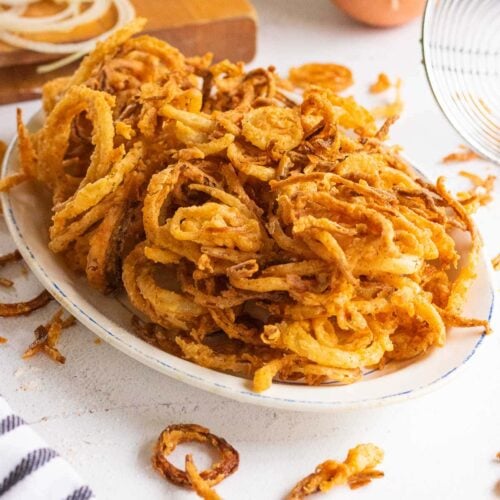
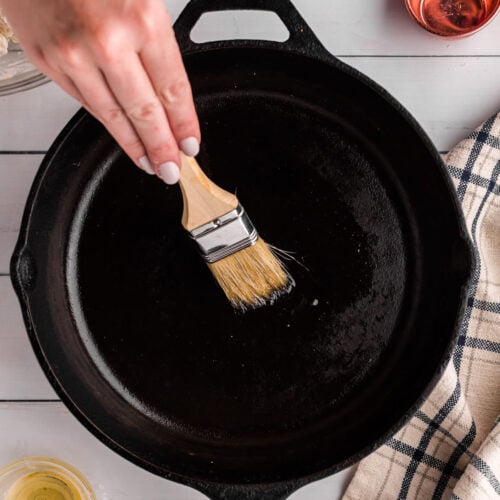


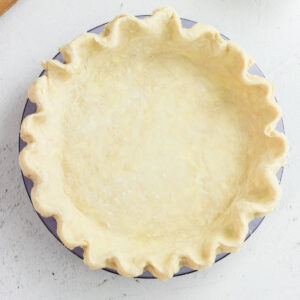
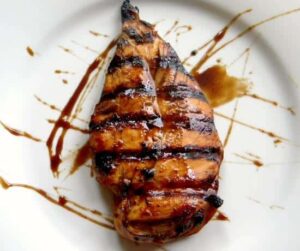
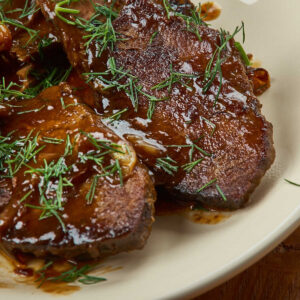
Comments
No Comments